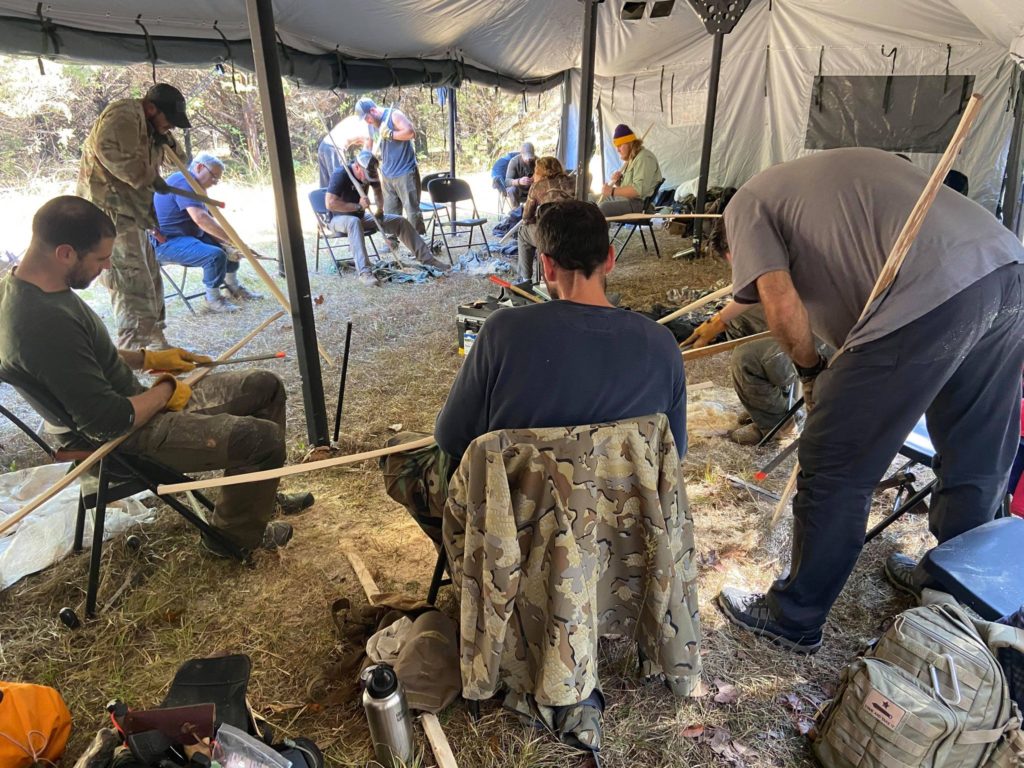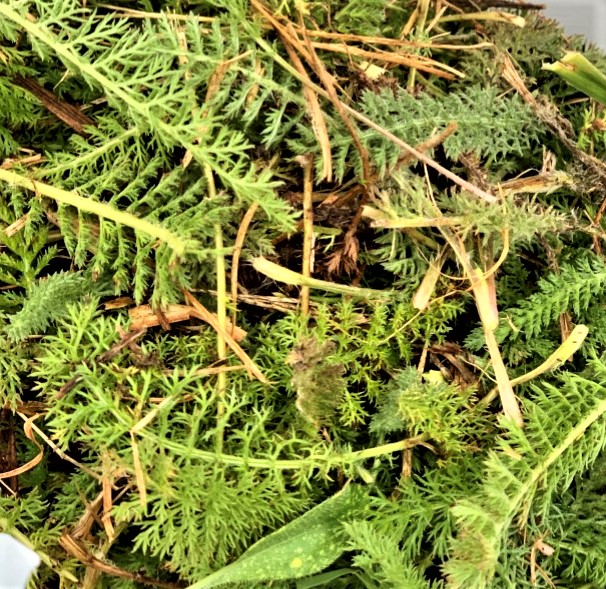SIGMA 3 SURVIVAL: Week 4 & 5
SIGMA 3 SURVIVAL: Week 4 & 5
We migrated to Rob’s backyard to cowboy camp for the next few days. Oh, to sleep under a dry tarp, with a warm sleeping bag…what a treat! It was almost as good as staying at the Hilton.
PLANT ID
The first thing discussed was how to use our field guides with 100% accuracy to forgo death in the field. Remembering plant names hasn’t been my forte, but it comes more naturally to my wife. She has made and sold salves, tinctures, and even taught a few plant classes. I was sure that without her by my side, this would be one of my least favorite endeavors.
Rob turned the class loose on his backyard to gather plantain and yarrow. About halfway through, his daughter came to help us. After noticing a pile of deer turds, I commented to a fellow student, “Oh, somebody left their chocolate covered raisins out here.” The student repeated this to his daughter, to which she replied (with something along the lines of) that she was too smart to fall for such stories because her IQ was higher at 3 than his was today. She had a great sense of humor and was smart as a whip. He is truly blessed to have such a great kid. After we had filled our bags with herbs, we brought them in to dry. In between gathering sessions, we’d watch slide shows about plants, dry off from the continual rain, and warm ourselves with a cup of coffee. That afternoon, we foraged for acorns, or as my Southern friend would say… “A-kerns.” This project took longer than planned because it was late in the season, and by then many had gotten worms in them…but on the bright side, the little grubs made a tasty, pan-fried treat. That evening, we ground the acorns into a fine meal. Later that evening, we leached the tannins out of the meal using a slow stream of running water throughout the night.
USING THE PLANTS
We ended up with just enough flour to make pancakes using 50% acorn meal, and 50% whole wheat flour. William is “the man” when it comes to making pancakes. They may have been the best I have ever eaten. Later that afternoon, we worked on making salves, wound powder, and tinctures from the plantain and yarrow we’d dried.
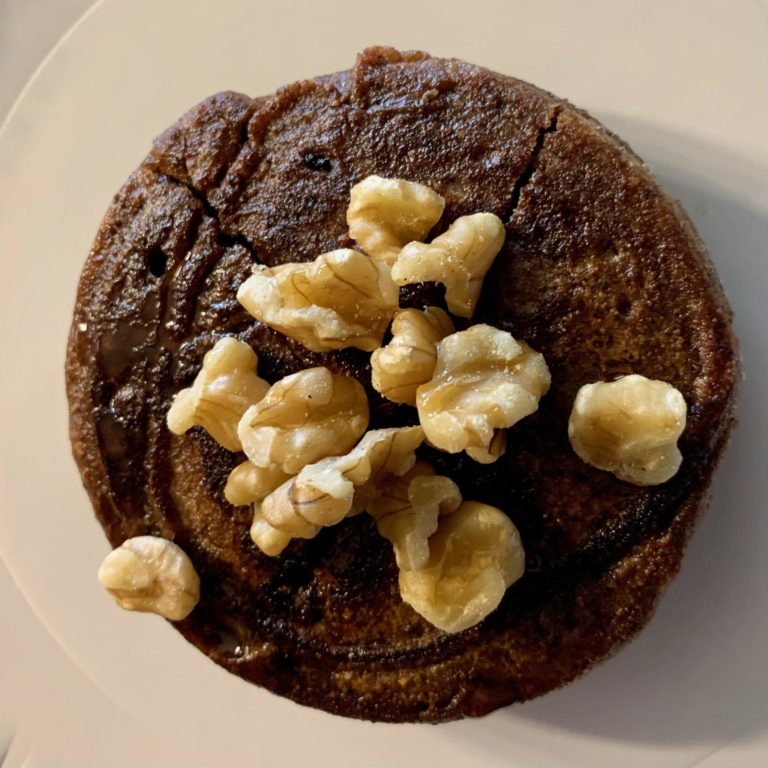
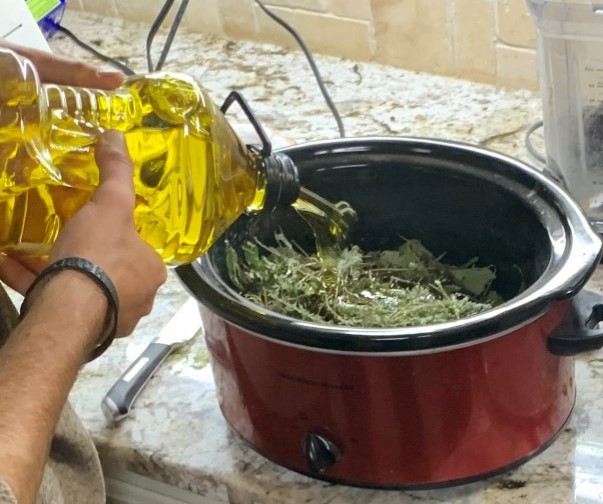
PERSIMMONS
Out of all the wild foods I had eaten in Missouri, persimmons were my favorite. We picked them on our plant walk that day. I was glad to hear they would be growing where our Scout Week would be taking place. We dehydrated the persimmons to make fruit leather. The three days we spent at Robs learning about plants were a lot more interesting than I had expected after all.
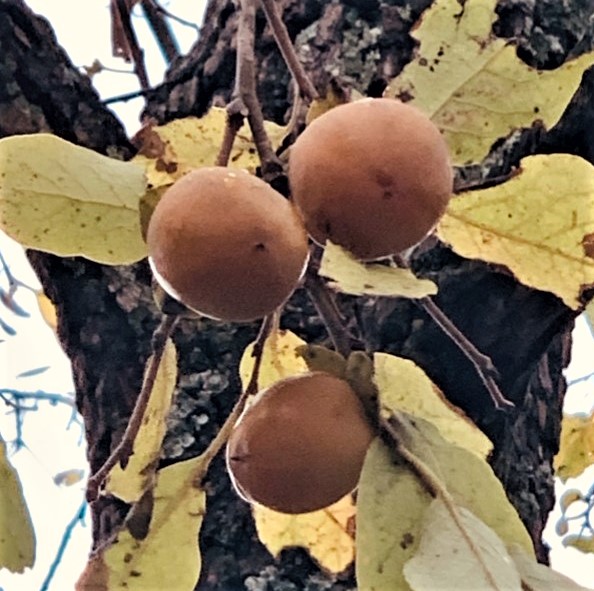

FIRE IN THE RAIN
For the past week it had been raining continually, so it was more than kind of wet throughout camp. To help morning PT go a little better, most of us had decided to stow away our bow drill kits in a dry location in advance. Knowing this, Rob and William decided it would be a great idea if I soaked mine in a puddle while I did PT… just to challenge me a bit. I knew it was not going to be easy to bust a coal after that… and because it was still raining out. Getting a coal to stay dry seemed like an impossible task. Surprisingly, I got it on my second try. William, with a slight grin, instructed me to soak it again, but this time for a half an hour. So, I did, and half an hour later I busted out another coal. The next words I heard came with a chuckle… something along the lines of don’t let it go to your head and get to work on your bow.

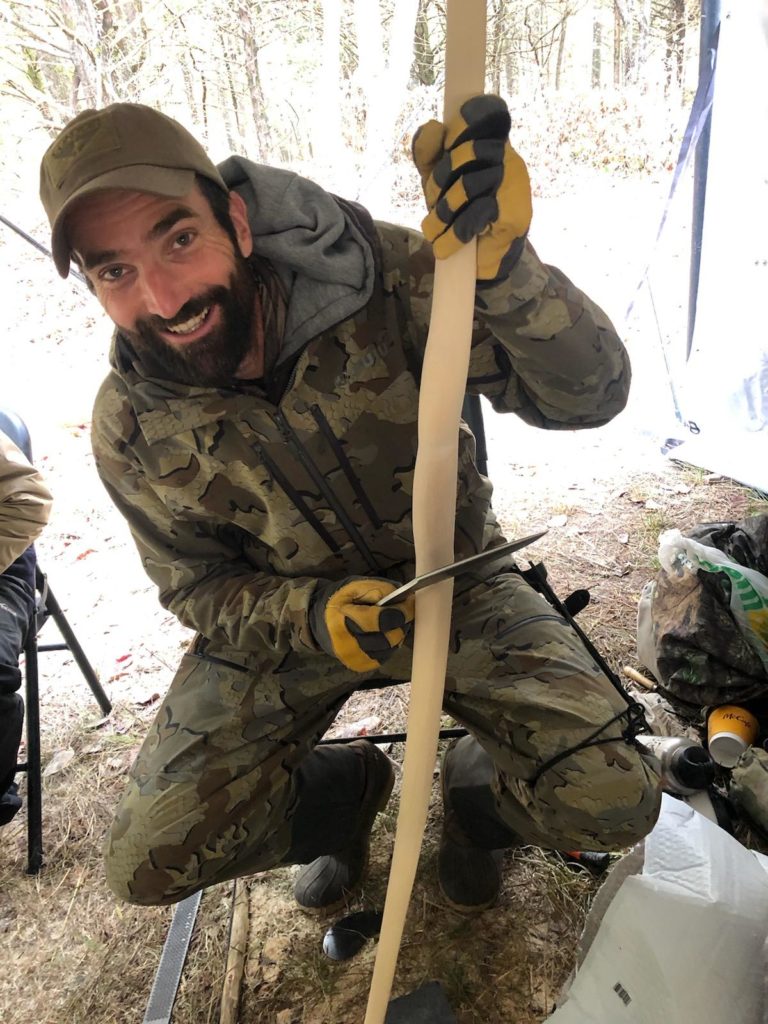
TRADITIONAL BOW BUILDING
Bow building is a skill that I have not yet mastered, even though I have made a few. I was honored to learn this art from my friend Tim, who has crafted hundreds of bows in his lifetime…so today I was going to try my best to play the role of simpleton during class. The native woods used back home in Northern MN are traditionally Black Ash and Juneberry. At Sigma Three, we’d be using hickory. First, we shaped our bows using wood rasps. Then, we tillered the limbs to the proper draw weight, which took most of our time. Some of the guys wanted to make really heavy bows, but since it was their first rodeo, both Rob and William urged them to make lighter ones. They believed it was better to practice with a lighter bow initially so that they wouldn’t develop bad shooting habits. This class went by quickly, and by the end we had some pretty nice bows. The highlight of the week for me, however, was putting my friction fire skills to the test.
